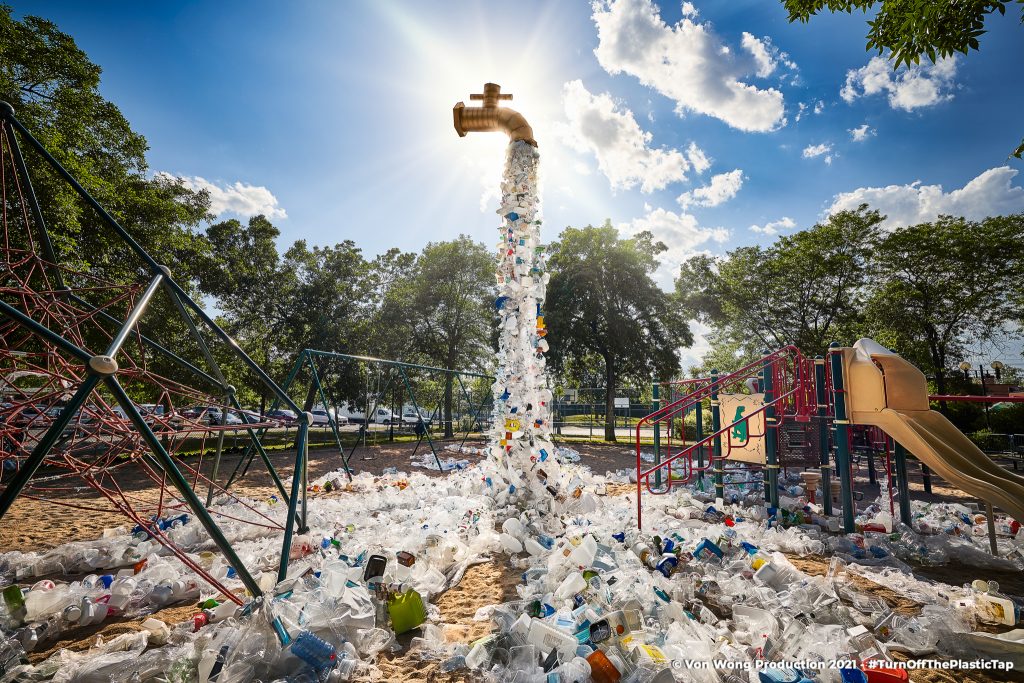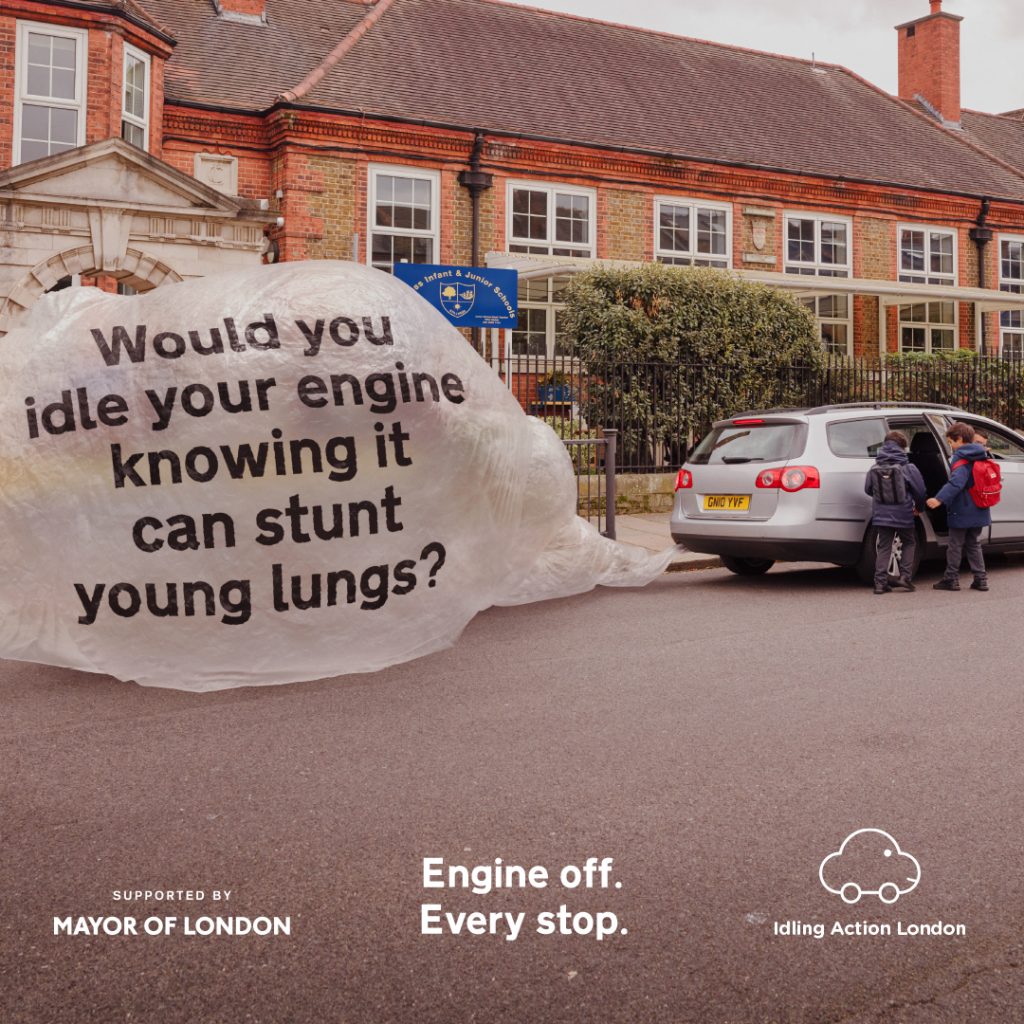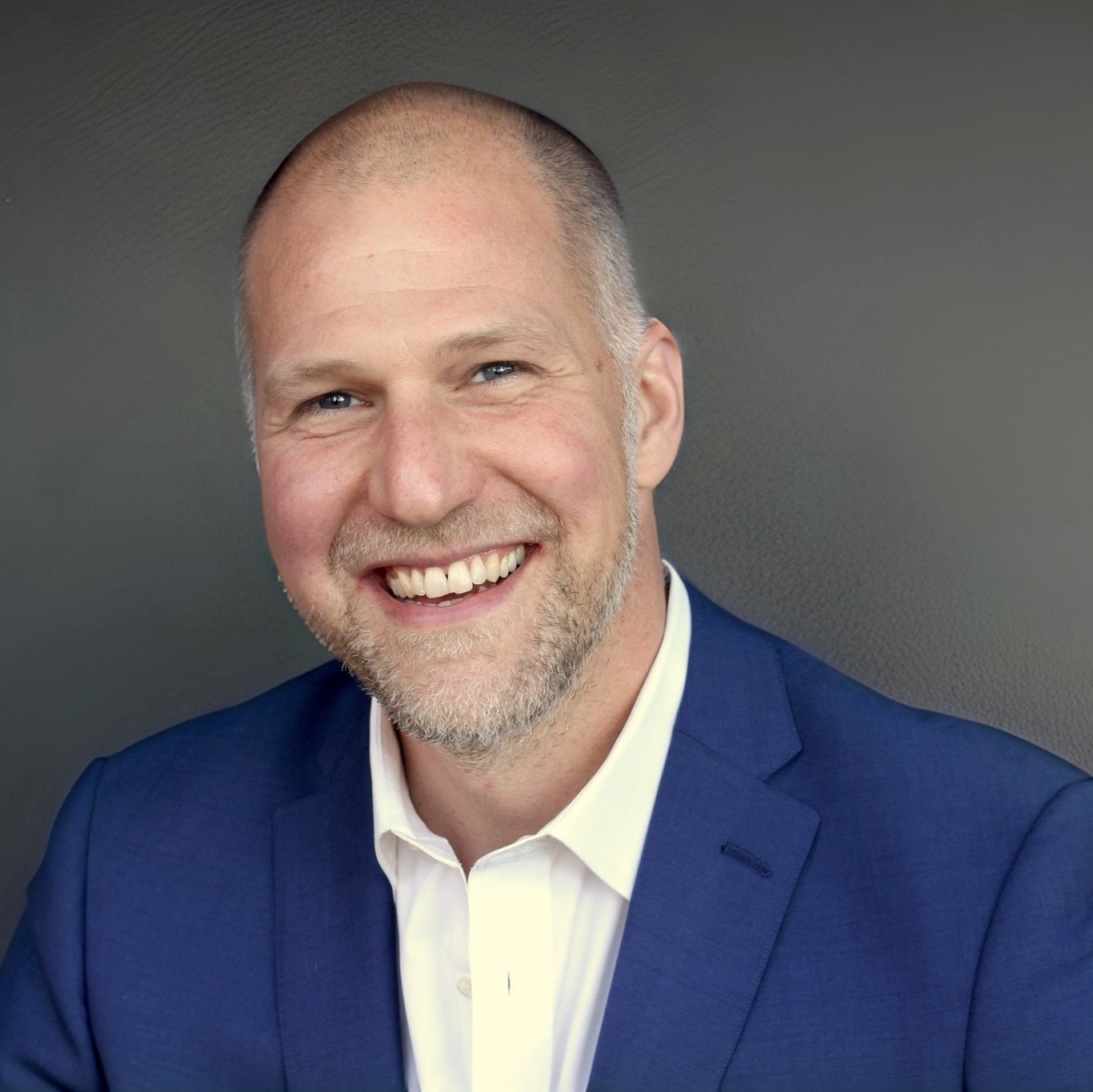This article was written for CityChangers.org by Dr. Michael Shank, Director of Engagement with the Carbon Neutral Cities Alliance. In it, he argues that it’s high time that creatives be brought in as a core component of municipal departments – rather than contracting out as an afterthought – to help cities enhance the ways they communicate with, engage, and serve urban communities.
There is a transformation happening across city governments that has the potential to boost their climate and sustainability work: cities are slowly moving away from the more traditional dispensing of information to the public after a programme is developed.
In the past, a public information officer was primarily employed to inform citizens about city program x, y, or z. But times are changing and no longer is this unidirectional communication desired or as effective in its reach. Rather, cities are moving towards more co-created models of communication, with methods ranging from appreciative inquiry to citizen assemblies, all in an effort to better engage communities.
In doing so, there’s an opportunity for cities to go further and more actively employ the arts sector, which brings with it the potential for a higher return on investment in terms of behaviour and even systems change. This is an especially opportune moment as the written text is being used less and videos and visuals are the public’s primary social media engagement tool. (Recall that Facebook warned us years ago that we’re headed for a world with all video and no text.)
Time to Take Art Seriously
Here’s the ask: hire an artist to be a member of the climate and sustainability office. And not just in a short-term artist-in-residency capacity, which cities have smartly done for decades – take the City of San Jose’s resilient artist fellow as one of many positive examples – but as a full-time employee similar and equal to other hires in the environmental office.
Here’s the why: the data-driven and science-inspired work culture in many municipalities only goes so far in understanding what the public wants to consume and how they want to consume it. Take a look at cities’ job announcements in the sustainability space. The skill sets required often double down on that of which the department has ample supply – data, planning, and science-centric thinkers. In contrast, the place for “creatives”, is usually delegated to an ad agency or found in the city’s communications, marketing, or outreach departments.

Art’s Unique Offer to Climate Communication
We can do better. As Howard Zinn once quipped in a foreword for a journal article of mine on art activism, “What most of us must be involved in – whether we teach or write, make films, write films, direct films, play music, act, whatever we do – not only has to make people feel good and inspired and at one with other people around them, but also has to educate a new generation to do this very modest thing: change the world.”
That bit about feeling good and inspired and at one with other people around them is essential to climate action and it’s exactly the kind of thinking that an artist can bring to the table. That’s what they’re trained in. Their work is inherently about behavioural science as they’re constantly considering how the public will engage with and respond to their work. And it’s this kind of orientation that cities need on the ground floor of environmental work, not after something’s been developed or designed. It should be an essential ingredient in the beginning stages of climate programmes, projects, and products.
Art in Action – A City Hitlist for Urban-Environmental Storytelling
Given the obstacles cities keep running up against in the climate space – with rising levels of distrust – it’s time to explore all approaches, including the hiring of artists at the beginning of program development not just in the dissemination of it. If done right, it has the potential to rethink how cities do climate action and policy. Take these examples, for starters.
Reframe the Issues
First, take the esoteric maths and accounting aspects of climate policy, which are inherent to carbon neutrality and net zero emissions work. While quantification of climate progress is obviously important, and critical to monitoring and evaluating of reductions over time, an artist could help the city rethink how their emissions data are unpacked, understood, and utilised. The data “story” could be much more creatively conceptualised. London’s creative use of street visuals to illustrate the harmful health impacts of idling-related data and pollution is one excellent example of what’s possible here.

Engaging Conceptualisation
Second, take the physical buildings, transport, energy, and waste aspects of it, which comprise the bulk of a sustainability office’s decarbonising focus. Much of this work is often out of sight and out of mind. While transportation may be an obvious emitter in the public’s mind, buildings are less so, and embodied carbon is even further from it. Having an artist on the ground floor conceptualising how a building is a blank canvas, theatrical experience, or pottery wheel for the world is how cities can enliven and empower this work. Ben Von Wong’s waste-based artistic storytelling in cities illustrates well what’s feasible.
Benefit Everyone
Third, take the justice and equity aspects of climate action and policy, which are increasingly the focus for cities. This work is finally motivating municipal governments to more intentionally engage all aspects and attributes of a community. And it’s encouraging a rethink of how cities design and implement their climate plans. Art is equally integral to this space, of course, and indigenous to many aspects of this equity and justice work already, making it even more compelling for cities to lean into this work. The City of Glasgow, for example, has effectively used legislative theatre to help government staff better understand the inequitable aspects of city services.
Final Word: Art at the Start
There’s so much opportunity for cities to grow in how they engage with every aspect of how their communities think, feel, see, hear, and do. And given that cities are not yet where they need to be in terms of mitigation and adaptation efforts, it’s worth leaving no stone unturned in the effort to educate and inspire.
Having a creative artist on staff fulltime to assist in the forging of this work, and not as an afterthought, could do wonders. All the world’s a stage, after all, so let’s make sure the stage and its many players are a part of the programme production, too, not just the show-promoting parts of it.


